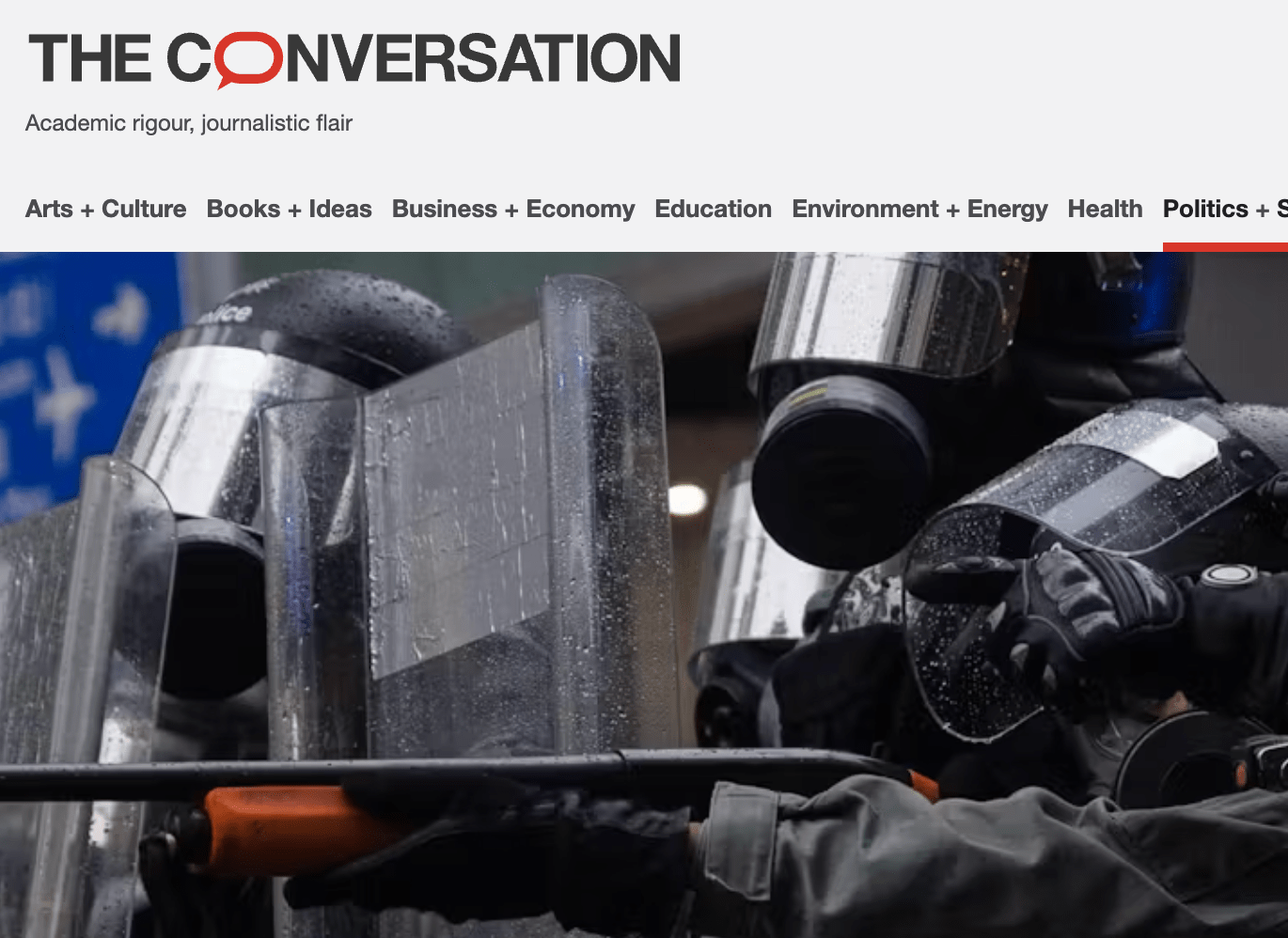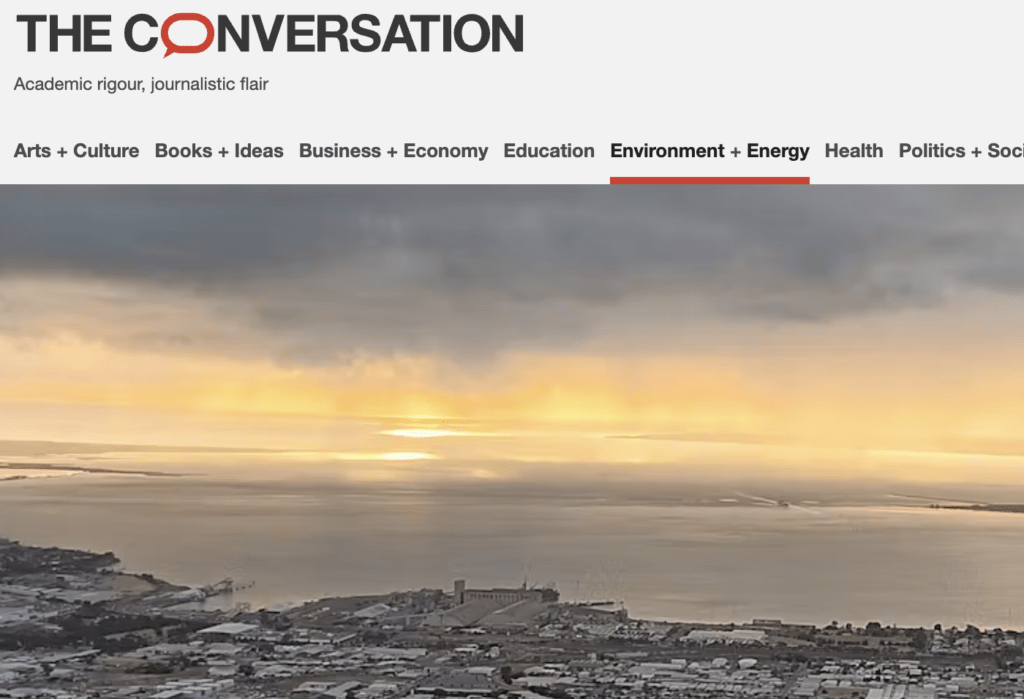Blogs & Speeches
Like ‘shooting water’: why the Hong Kong government must accept that compromise is the only way forward
How the protest strategies in Hong Kong had their roots in lessons learnt from the Umbrella movement and earlier democracy struggles in the city.
The second instalment in a series of Conversation article the 2019 Hong Kong protest movement. This article examined some of the history behind the mobilising strategy being used by protesters in the city.
Citation:
Tattersall, A. (2019) Like ‘shooting water’: why the Hong Kong government must accept that compromise is the only way forward. Conversation, Aug 27.
Overview
The Hong Kong protest movement is not deescalating – nor will it. Having battled for 12 weeks, this multi-million-person movement has lasted much longer than the unsuccessful 79-day Umbrella protests in 2014.
This is because protesters believe this is their last chance to protect the “one country, two systems” model that came into effect after Hong Kong’s 1997 handover to China and also expand the scope of the democracy in the city.
Yet, despite the enormous, peaceful marches, along with the more militant protesters who have shut down the airport and engaged in repeated battles with police, Hong Kong Chief Executive Carrie Lam has remained unmoved.
This dynamic is hard for Western governments to understand. If these protests were happening in a democratic society, the government would likely seek to enter into concession bargaining with the protesters, knowing that compromise and negotiation are core strategies for deescalating tensions.
It raises two questions – why isn’t this movement slowing down, and what will Lam, or Beijing, eventually do in response?
A resilient movement
The Hong Kong protesters practice a strategy called “being water”. The phrase was first used by martial arts star Bruce Lee, and it means building a movement that is fluid.
As one protest leader described it to me in Hong Kong, “we flow to where the needs or energy lies, and leave where it’s not working.“
This is the approach behind the apparently spontaneous protests all over the city – from the airport, to the New Territories, to Hong Kong Island. But they aren’t spontaneous at all – the ideas for the demonstrations are deliberated on LIHKG, a Reddit-style website where anyone can post an idea and have it debated and voted up or down by other protesters.
The movement has great solidarity across it, despite the presence of sometimes militant tactics. This, too, is hard to understand in the West, as most assume the radically different tactics by the largely older, more peaceful weekend protesters and the younger, more militant faction is likely to lead to a split.
What many don’t see is that the peaceful wing and the more militant youthful wing deeply respect each other’s roles. During the 1.7 million-person march on August 18, for instance, some suggested there should be an occupation of police headquarters. Yet, this idea was voted down on LIHKG because most said it would undermine the peaceful role the rally was designed to serve.
There are some tensions, of course. During Sunday’s clashes with police, there was some criticism after a photo emerged of a protester brandishing a BB gun. But overall, the movement has largely stuck together.

More work

Our collective mental health is stuffed, and its more than just a medical problem
Turning how we think about mental illness upside down to find a new way through.

We need to start talking about the explosive culture of sexual assault and rape in high schools
What it might take to be a “changemaker” when it comes to sexual assult.

To get to net zero, policymakers need to listen to communities. Here’s what they can learn from places like Geelong
Learning lessons from building a community-led climate transition agenda in Geelong.